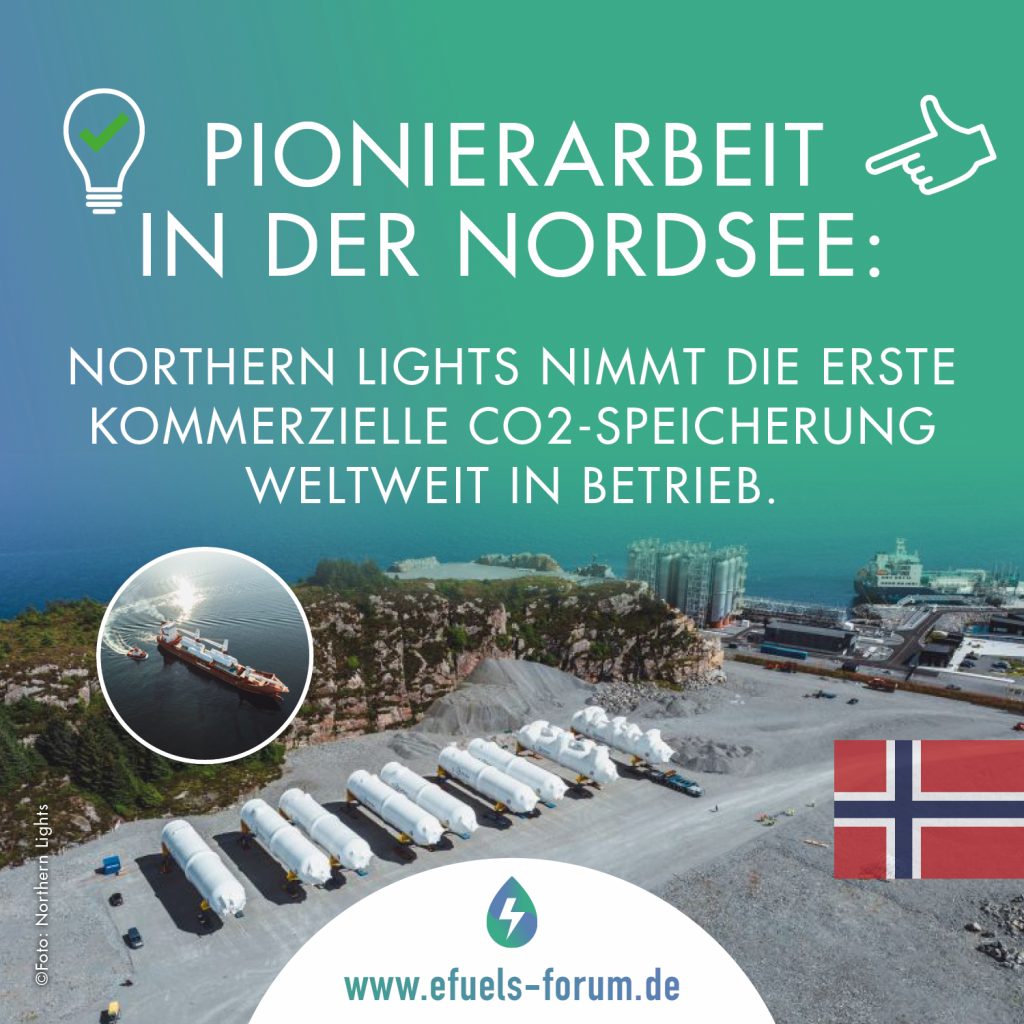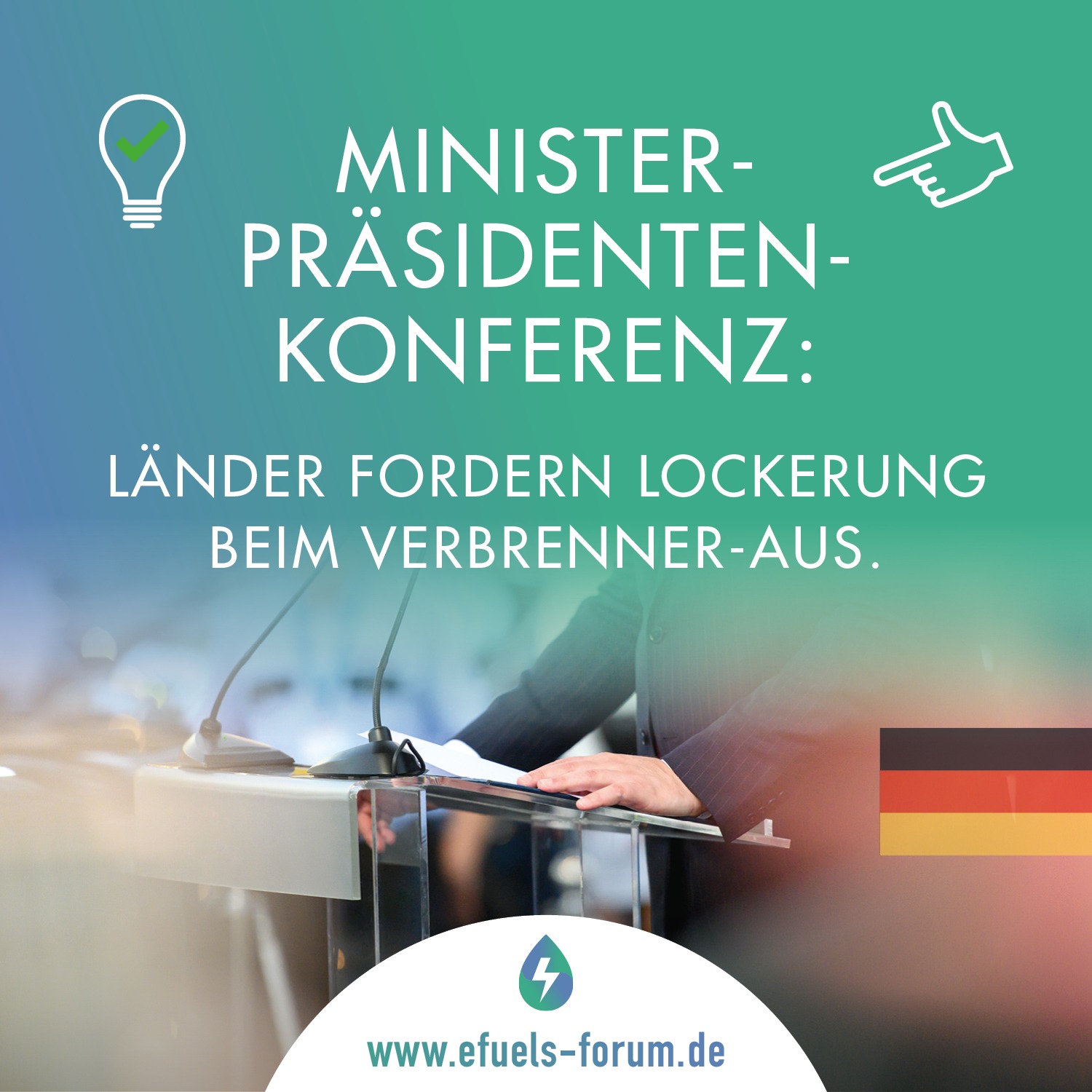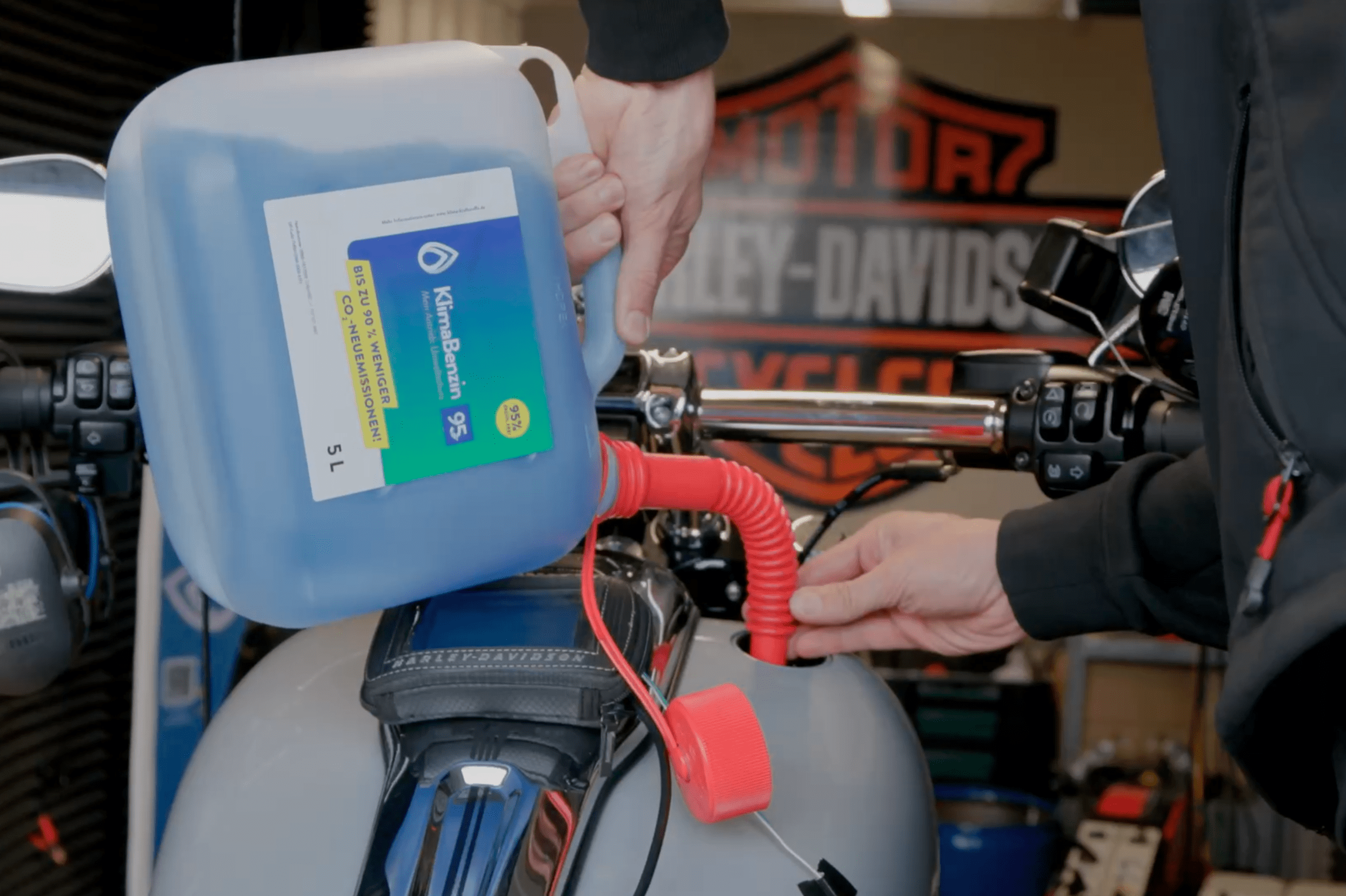What actually happens to the remaining CO₂ that cannot yet be avoided in the production of modern fuels, for example?
The answer is carbon capture and storage (CCS).
Good to know:
The CO₂ comes from industrial plants, was transported in liquefied form by ship to the Öygarden terminal on Norway’s west coast and filled into tanks there. These were safely transported in a 100-kilometre pipeline to the Aurora reservoir in the Norwegian North Sea and injected for permanent storage – 2,600 meters below the seabed. From 2026, additional quantities of CO₂ from Denmark and the Netherlands will also be taken in.
At the same time, Northern Lights made the investment decision for the second expansion phase in March 2025: The transport and storage capacity will be increased from the current 1.5 to at least 5 million tons of CO₂ per year. The expansion includes additional tanks, pumps, a new port jetty, further injection wells and additional transport ships. This is made possible by a commercial agreement with Stockholm Exergi and funding from the EU’s Connecting Europe Facility for Energy program.
Northern Lights is a joint venture between Equinor, TotalEnergies and Shell.
Photos: Northern Lights





